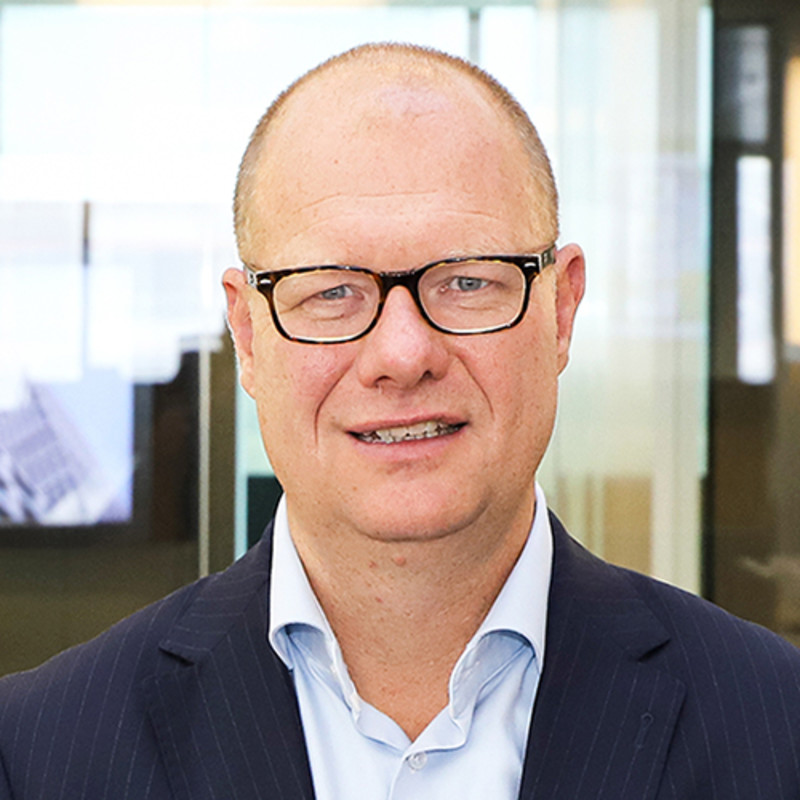Key points
- Concentrated portfolio
- Focuses on companies with a high return on invested capital and strong free cash flow
- Applies a disciplined approach to valuating companies, sustainability is an integral part of the valuation
About this fund
Robeco Global Stars Equities Fund N.V. is an actively managed fund that invests in liquid shares of companies listed on stock exchanges around the world, mainly in North America and developed countries in Europe, Oceania and Southeast Asia. In addition, there may be limited investments in liquid shares in companies in emerging markets. The Fund has a focused, concentrated portfolio with a small number of larger bets. Stock selection focuses on the shares of medium and large companies with the greatest growth potential. The Fund aims to provide long term capital growth while at the same time aiming for a better sustainability profile compared to the MSCI World Index.
Key facts
| Total size of fund | EUR 4,140,256,531 |
| Size of share class | EUR 1,741,613,227 |
| Inception date share class | 03-03-1938 |
| 1-year performance | 1.67% |
| Dividend paying | Yes |
Fund manager
 Michiel Plakman CFA
Michiel Plakman CFA Chris Berkouwer
Chris Berkouwer



